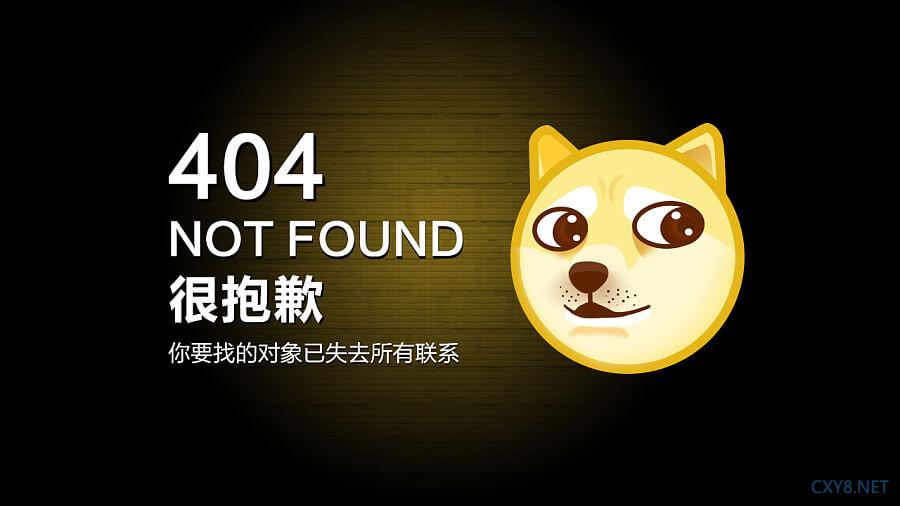Map可以先按照value进行排序,然后按照key进行排序。 或者先按照key进行排序,然后按照value进行排序,这都是可以的。
并且,大家可以制定自己的排序规则。
按单个value排序:
import java.util.Collections;
import java.util.HashMap;
import java.util.LinkedHashMap;
import java.util.Map;
import static java.util.Map.Entry.comparingByValue;
import static java.util.stream.Collectors.toMap;
public class SortTest {
public static void main(String[] args) throws Exception {
// 创建一个字符串为Key,数字为值的map
Map<String, Integer> budget = new HashMap<>();
budget.put("clothes", 120);
budget.put("grocery", 150);
budget.put("transportation", 100);
budget.put("utility", 130);
budget.put("rent", 1150);
budget.put("miscellneous", 90);
System.out.println("排序前: " + budget);
// 按值排序 升序
Map<String, Integer> sorted = budget
.entrySet()
.stream()
.sorted(comparingByValue())
.collect(
toMap(Map.Entry::getKey, Map.Entry::getValue, (e1, e2) -> e2,
LinkedHashMap::new));
System.out.println("升序按值排序后的map: " + sorted);
// 按值排序降序
sorted = budget
.entrySet()
.stream()
.sorted(Collections.reverseOrder(comparingByValue()))
.collect(
toMap(Map.Entry::getKey, Map.Entry::getValue, (e1, e2) -> e2,
LinkedHashMap::new));
System.out.println("降序按值排序后的map: " + sorted);
}
}按多个value排序:
data = data.stream().sorted(Comparator.comparing(o -> {
StringBuffer key = new StringBuffer();
fieldList.stream().forEach((a)-> {
key.append(o.get(a)+"");
});
return key.toString();
} )).collect(Collectors.toList());下面的代码中,首先按照value的数值从大到小进行排序,当value数值大小相同时,再按照key的长度从长到短进行排序,这个操作与Stream流式操作相结合。
/**
* Map按照整数型的value进行降序排序,当value相同时,按照key的长度进行排序
*
* @param map
* @return
*/
public static LinkedHashMap<String, Integer> sortMap(Map<String, Integer> map) {
return map.entrySet().stream().sorted(((item1, item2) -> {
int compare = item2.getValue().compareTo(item1.getValue());
if (compare == 0) {
if (item1.getKey().length() < item2.getKey().length()) {
compare = 1;
} else if (item1.getKey().length() > item2.getKey().length()) {
compare = -1;
}
}
return compare;
})).collect(Collectors.toMap(Map.Entry::getKey, Map.Entry::getValue, (e1, e2) -> e1, LinkedHashMap::new));
}package com.ethjava;
import java.util.*;
public class mappaixu1 {
public static void main(String[] args){
Map<Integer,Integer> hashMap=new HashMap<Integer, Integer>();
hashMap.put(1,10);
hashMap.put(5,7);
hashMap.put(2,9);
hashMap.put(3,7);
hashMap.put(3,6);//key是不可重复的,当这里再次输入Key=3时的,将会覆盖掉前面的(3,7)
hashMap.put(4,7);
//遍历
for(Map.Entry<Integer,Integer> e:hashMap.entrySet()){
System.out.println("Key: "+e.getKey()+"对应的Value: "+e.getValue());
}
//Key: 1对应的Value: 10
//Key: 2对应的Value: 9
//Key: 3对应的Value: 6
//Key: 4对应的Value: 7
//Key: 5对应的Value: 7
//这里为什么自动按照key升序排序输出???为什么
// 某梦说,这里是因为凑巧正序输出,hashMap输出相对于输入是无序的。
//下面按照Value进行倒序排列
ArrayList<Map.Entry<Integer,Integer>> arrayList=new ArrayList<Map.Entry<Integer, Integer>>(hashMap.entrySet());
Collections.sort(arrayList,new Comparator<Map.Entry<Integer,Integer>>(){
@Override
public int compare(Map.Entry<Integer,Integer> o1,Map.Entry<Integer,Integer> o2 ){
//按照Value进行倒序,若Value相同,按照Key正序排序
//方法1:return o2.getValue() - o1.getValue();
//方法2:return o2.getValue().compareTo(o1.getValue());//对于Integer,String都是可以应用的
//按照Value进行倒序,若Value相同,按照Key倒序排序
int result = o2.getValue().compareTo(o1.getValue());
//方法学习:public int compareTo( NumberSubClass referenceName )
//referenceName -- 可以是一个 Byte, Double, Integer, Float, Long 或 Short 类型的参数。
//返回值:如果指定的数与参数相等返回0。
// 如果指定的数小于参数返回 -1。
//如果指定的数大于参数返回 1
if(result!=0){
return result;//即两个Value不相同,就按照Value倒序输出
}else{
return o2.getKey().compareTo(o1.getKey());}
//若两个Value相同,就按照Key倒序输出
}
});
//这里arrayList里的顺序已经按照自己的排序进行了调整
for(int i=0;i<arrayList.size();i++){
System.out.println(arrayList.get(i));
//方法一和方法二输出:
//1=10
//2=9
//4=7
//5=7
//3=6
//当按照Value倒序排序,但是当Value相同时,按照Key顺序正序排序
//方法二
//1=10
//2=9
//5=7
//4=7
//3=6
//当按照Value倒序输出,但是当Value相同时,按照Key倒序输出
}
for(Map.Entry<Integer,Integer> e:hashMap.entrySet()){
System.out.println(e);
//1=10
//2=9
//3=6
//4=7
//5=7
//这里表明hashMap中存取的内容顺序并没有进行任何改变,改变的是arrayList里的内容的顺序
}
}
}参考文献:
https://blog.csdn.net/LvJinYang/article/details/102875095
https://blog.csdn.net/u014388729/article/details/80156645
到此这篇关于Map按单个或多个Value排序,当Value相同时按Key排序的文章就介绍到这了,更多相关Map按单个或多个Value排序内容请搜索脚本之家以前的文章或继续浏览下面的相关文章希望大家以后多多支持脚本之家!

编程 | 2023-02-24 21:36

编程 | 2023-02-21 12:51

编程 | 2023-02-21 12:47

编程 | 2023-02-21 00:15

编程 | 2023-02-21 00:08

编程 | 2023-02-20 21:46

编程 | 2023-02-20 21:42

编程 | 2023-02-20 21:36

编程 | 2023-02-20 21:32

编程 | 2023-02-20 18:12
网友评论